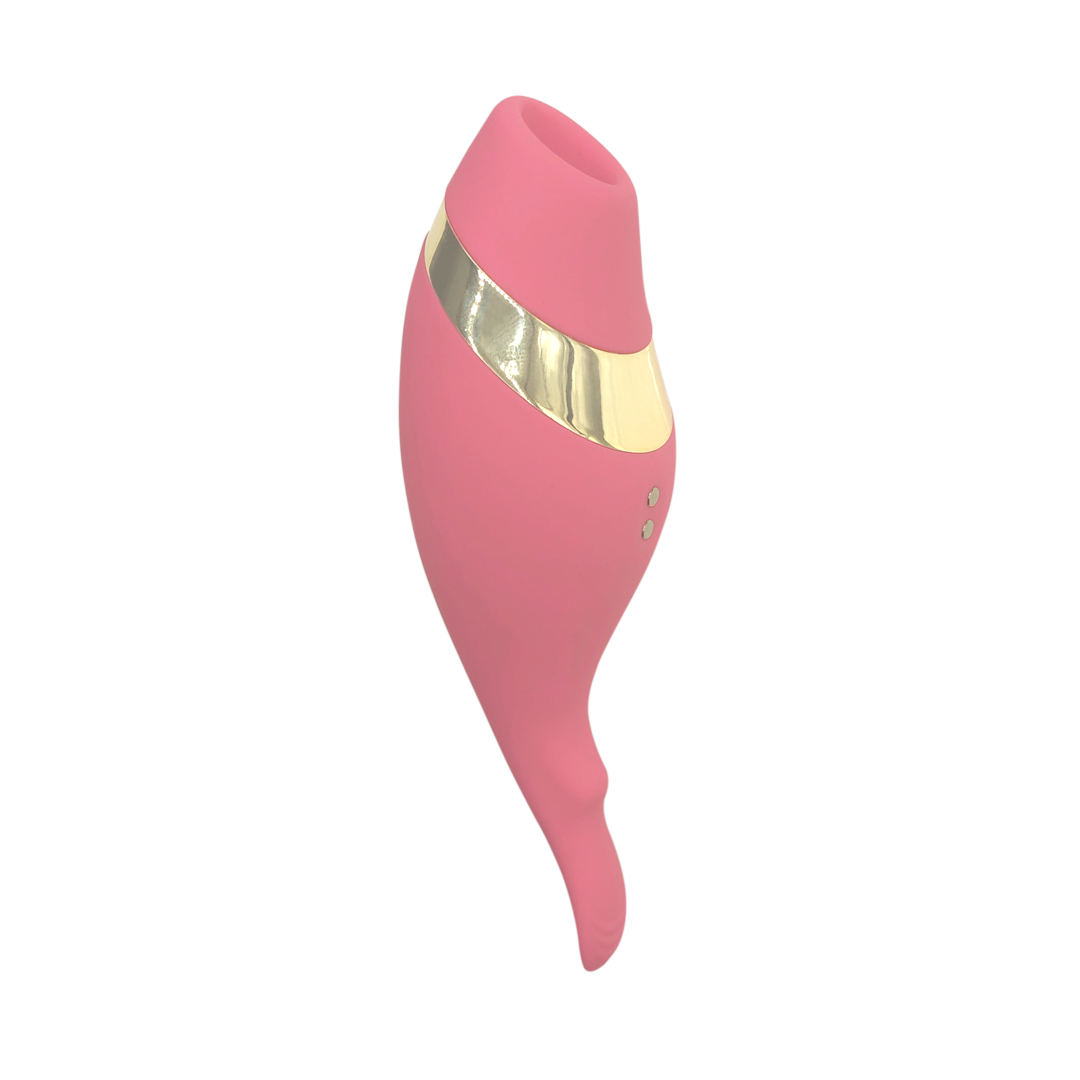Inhale & Exhale
by Katherine KoliosShare
Day-to-day life can be stressful. Sometimes just existing is stressful. You feel it in your body when your jaw clenches or your stomach tightens, but you can also use your body to release that tension and, with it, some of the stress. One simple way to do this: your breath.
If you’re already so stressed that all you can manage is to focus on your exhale, do that. This helps quiet your SNS or sympathetic nervous system (think “freeze, fight, or flight”) and ignites your PNS or parasympathetic nervous system (think “rest and digest”). Try to extend your exhales so they’re longer than your inhales. Pause at the bottom of your exhale before inhaling again.
If you’re catching yourself early in a stress spiral (or, even better, practicing self-care by building good habits before you need them), here are 3 breath patterns to help let go of the stress and find a little more ease as you move through your day.
With all three of these patterns, try to focus on the quality and duration of the breath. Concentrate on one additional physical sensation – whether it’s the air filling your belly or the air passing through your nostrils. This will help ground you and keep other thoughts at bay. Sometimes distraction is a healthy tool!
Box Breathing – Sama Vritti
This technique is all about slow, even breaths. This involves inhaling and exhaling through your nose to regulate your breath so that each part of the breath lasts for the same amount of time.
- Inhale for a count of four.
- Holding the breath for a count of four, try to soften your face, your shoulders, your abdomen.
- Exhale for a count of four.
- At the bottom of the exhale, hold the empty breath for a count of four.
Continue this way (inhale – hold – exhale – hold) or work to extend to a 5 or 6 count box.
Left Nostril Breathing – Chandra Bhedana
The left nostril corresponds to your lunar (calming) side and – you guessed it – the parasympathetic nervous system.
In this practice, you’ll inhale through your left nostril and exhale through your right nostril. It sounds more complicated than it is, I promise! Read the instructions and then give it a try.
- Blocking the right nostril with your right thumb, inhale fully through the left nostril.
- Hold for a moment. Then, blocking your left nostril with your right ring finger, exhale fully through your right nostril.
- Hold for a moment and then repeat, inhaling through the left nostril, pausing, exhaling through the right nostril, pausing.
3 Part Breathing (abdominal, thoracic & clavicular)
If you have the time and space to do this practice lying on your back, it can help. Otherwise, sitting upright on a chair or in a comfortable position on the floor will work.
- Inhale slowly through your nose, directing the air to the base of your belly.
- As your belly fills, let the inhale rise through the rib cage and upper chest toward your clavicle (collarbone). Pause at the top of the inhale.
- Reverse your breath, exhaling from the clavicle, down the chest and ribs, to the base of the belly. Pause at the bottom of the exhale.
- Continue to inhale – pause – exhale – pause.
As you inhale, aim to breathe expansively around the circumference of your body – don’t just let your belly and ribs expand forward, but inhale into your sides and back as well.
Following any of these patterns for 6-10 rounds will help release some of the tension in your body and encourage your PNS to kick in. You can also incorporate these practices as part of your routine in the morning or before bed to establish good habits and build these skills so they’re easier to draw on the next time you’re feeling stressed.




 Sleigh the Holidays: Poll Shows How Americans Are Making Time for Sex
Sleigh the Holidays: Poll Shows How Americans Are Making Time for Sex
 Let It Snow With These Indoor Date Ideas
Let It Snow With These Indoor Date Ideas
 Resolution Resolve: How to Keep a New Year’s Resolution
Resolution Resolve: How to Keep a New Year’s Resolution